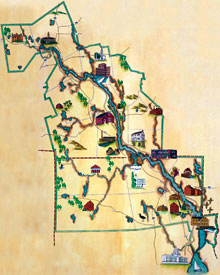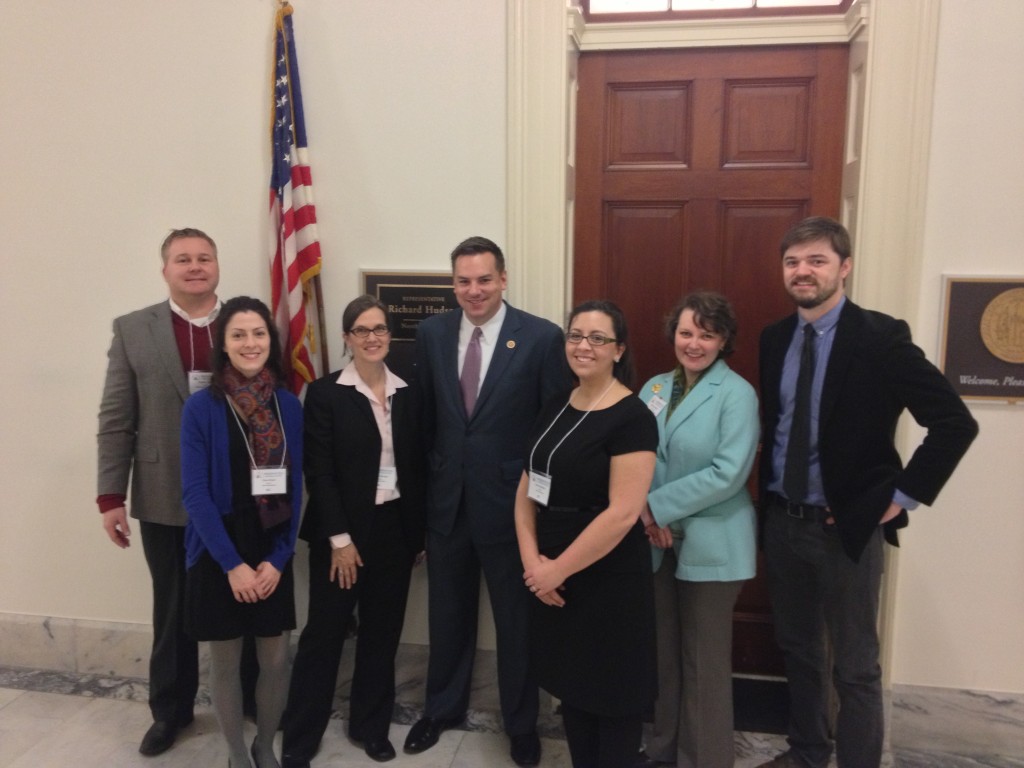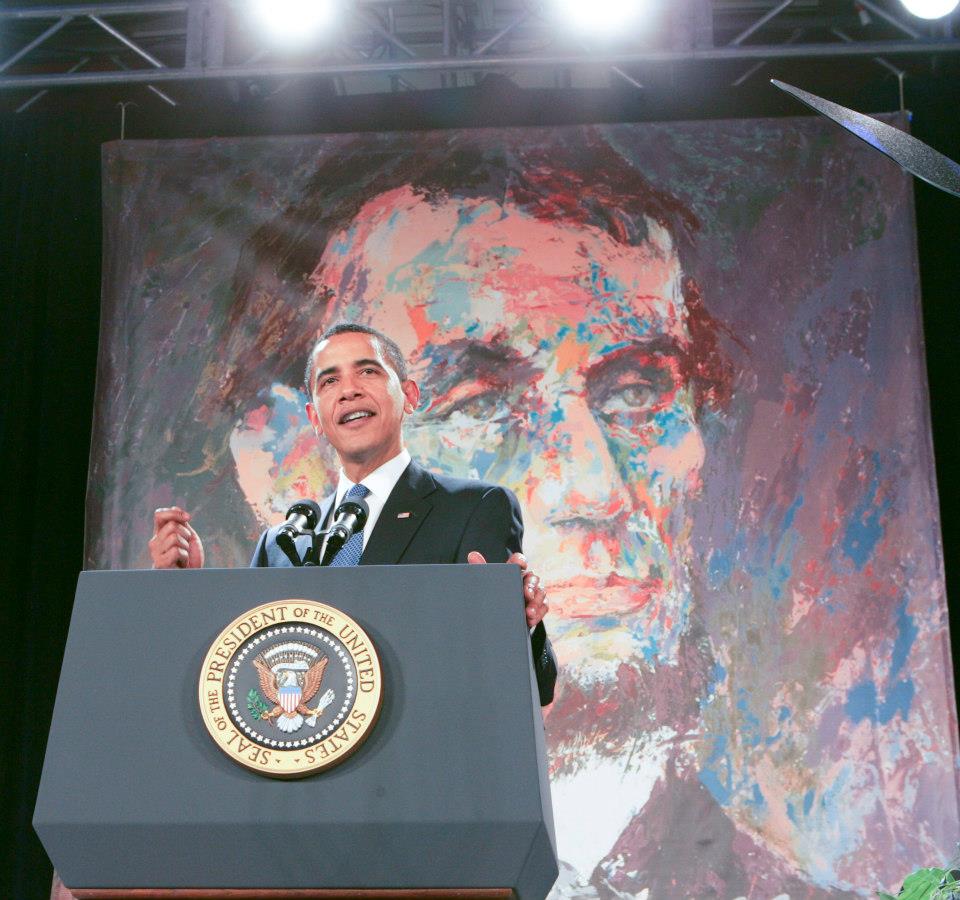To provide observations and information on the emerging fields of landscape scale conservation, heritage preservation, and sustainable community development.
Newsletter
Stay up-to-date with the latest nature, culture and community news.
We won’t spam you or share your information. Newsletters are sent approximately 10 times a year. Unsubscribe at any time.

Special Update: Blackstone River Valley National Historical Park next step up for National Heritage Areas?
Interested in the future of the heritage movement? Concerned that the program has had to invest so much of its political capital on re-authorization and just hanging on to a flat line budget? Then the recent legislation establishing the Blackstone River Valley National Historical Park might be one way forward – offering stability and just possibly a new kind of partnership to conserve landscape scale resources.

Blackstone River Valley: Sounding a Retreat from Landscape Scale Work?
Not so long ago the Blackstone River Valley National Heritage Corridor was the pride of the National Park Service (NPS), exemplary of the agency’s new approach to managing living landscapes. But somewhere along the way, the NPS changed direction. A Special Resource Study, for example, rejected the continuation of the heritage commission, instead recommending the creation a far more traditional national park. What is going on with this once exemplary partnership model?

Apply Now for Advocacy Scholars – Deadline Oct. 31
Do you know an undergraduate or graduate student interested in historic preservation, planning, history, public policy, law, architecture or a related field? If so, encourage them to apply to the Preservation Action Advocacy Scholars program, which offers a limited number of competitive scholarships to students interested in attending National Historic Preservation Advocacy Week (March 2-4, 2015) in Washington, D.C. This year Preservation Action has joined the NHA@30 celebration by proposing the National Heritage Areas program as topic for the required advocacy scholar’s essay.

#NHA30: National Heritage Areas Front and Center in Recent Presidential Proclamation
According to President Obama, “For decades, the National Heritage Areas Program has enabled our Nation to set aside places that define our shared history and that will help future generations understand what it means to be American.” Find out more about why he recognized this important program on its thirtieth anniversary as part of our #NHA30 coverage.

Special Update: Blackstone River Valley National Historical Park next step up for National Heritage Areas?
Interested in the future of the heritage movement? Concerned that the program has had to invest so much of its political capital on re-authorization and just hanging on to a flat line budget? Then the recent legislation establishing the Blackstone River Valley National Historical Park might be one way forward – offering stability and just possibly a new kind of partnership to conserve landscape scale resources.

Blackstone River Valley: Sounding a Retreat from Landscape Scale Work?
Not so long ago the Blackstone River Valley National Heritage Corridor was the pride of the National Park Service (NPS), exemplary of the agency’s new approach to managing living landscapes. But somewhere along the way, the NPS changed direction. A Special Resource Study, for example, rejected the continuation of the heritage commission, instead recommending the creation a far more traditional national park. What is going on with this once exemplary partnership model?

Apply Now for Advocacy Scholars – Deadline Oct. 31
Do you know an undergraduate or graduate student interested in historic preservation, planning, history, public policy, law, architecture or a related field? If so, encourage them to apply to the Preservation Action Advocacy Scholars program, which offers a limited number of competitive scholarships to students interested in attending National Historic Preservation Advocacy Week (March 2-4, 2015) in Washington, D.C. This year Preservation Action has joined the NHA@30 celebration by proposing the National Heritage Areas program as topic for the required advocacy scholar’s essay.

#NHA30: National Heritage Areas Front and Center in Recent Presidential Proclamation
According to President Obama, “For decades, the National Heritage Areas Program has enabled our Nation to set aside places that define our shared history and that will help future generations understand what it means to be American.” Find out more about why he recognized this important program on its thirtieth anniversary as part of our #NHA30 coverage.


